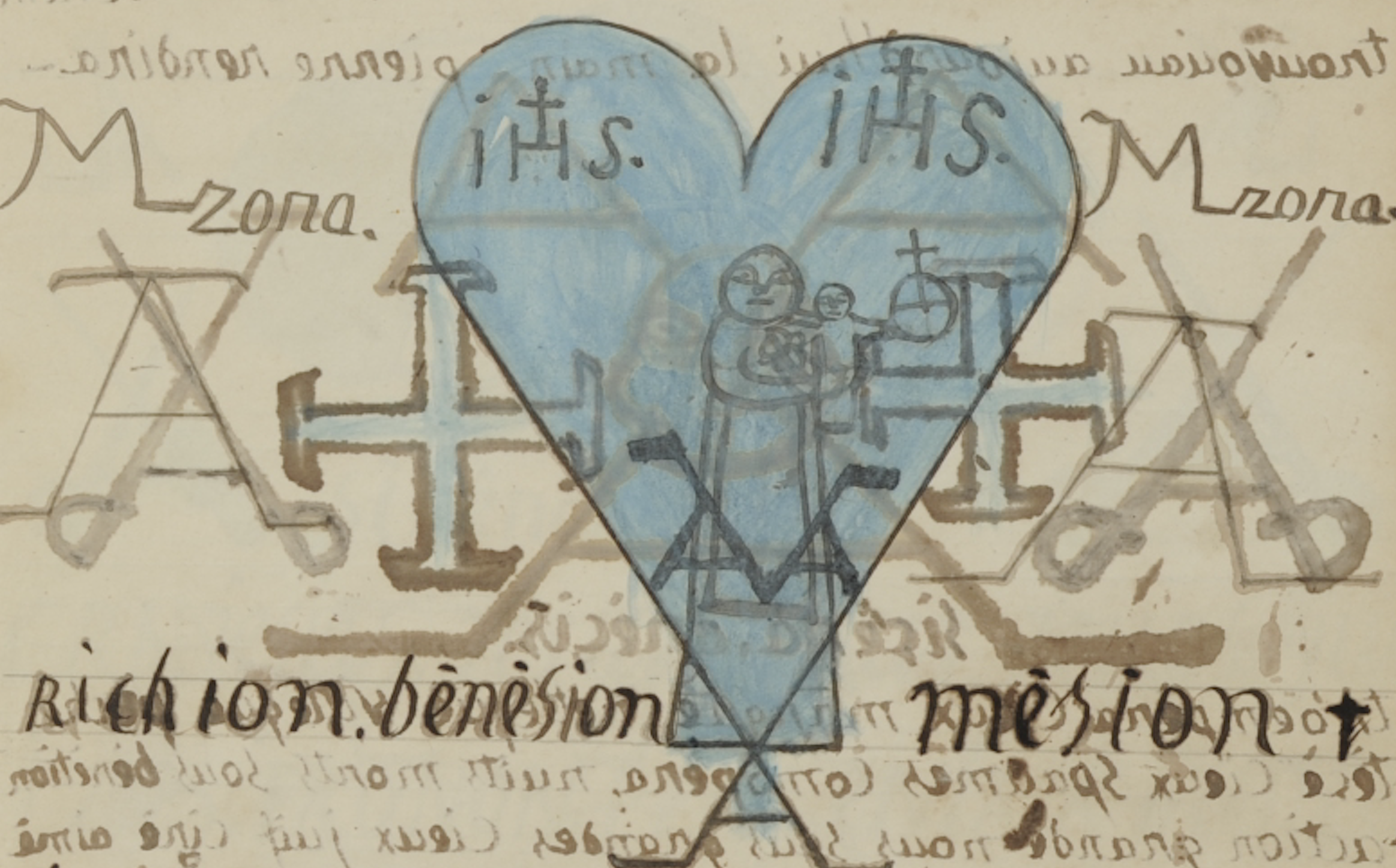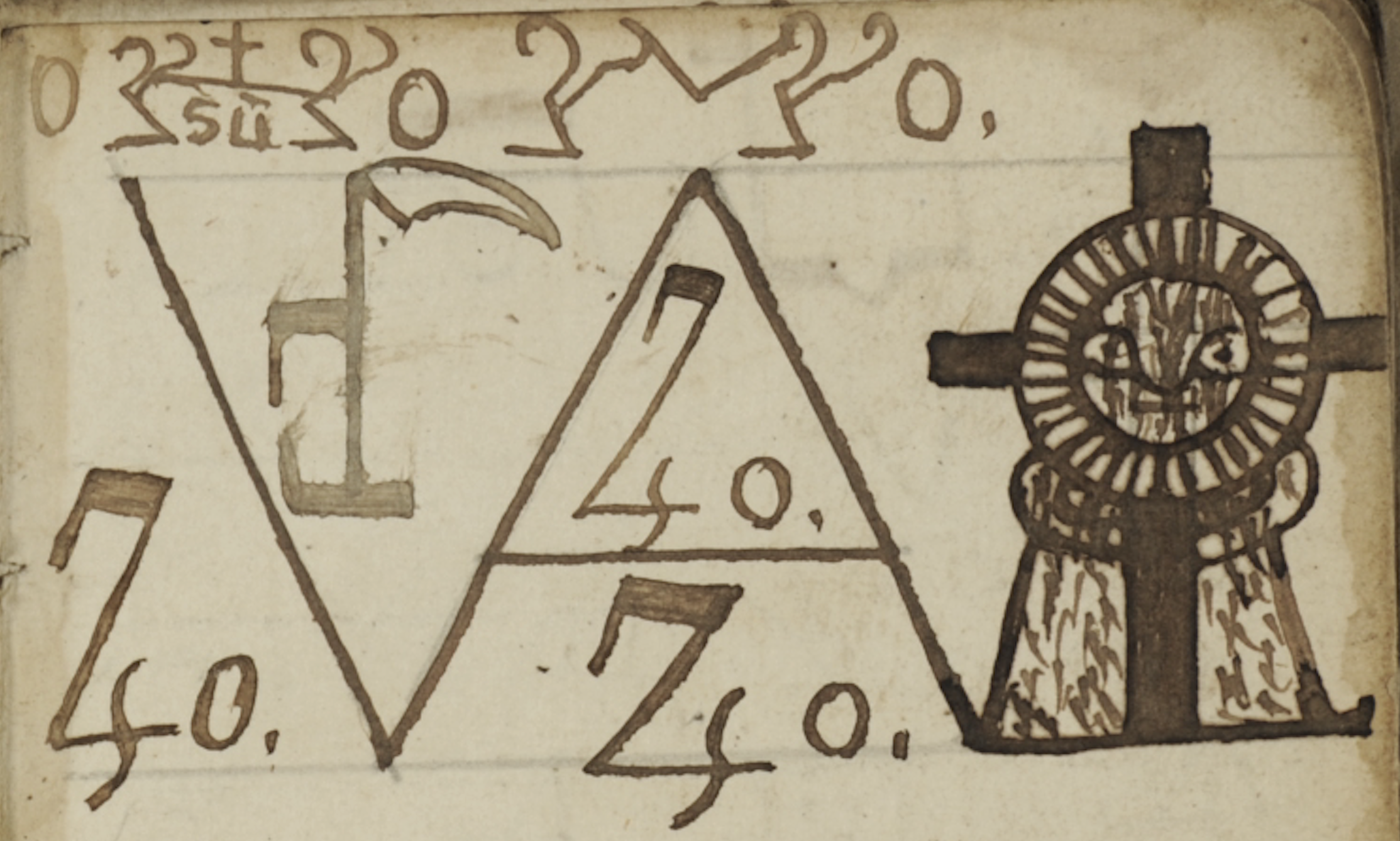Alexander Roob]
[March 18, 2012
Infinite Spaces. On William James Linton´s Vignette Art
Lintoniana VIII
Infinite Spaces. On William James Linton’s Vignette Art
“With the separation of draftsman and engraver began the decline of engraving as an art (…) began a system of special employment; and having to depend on draftsmen, engravers ceased to draw, ceased to rely on themselves. Wanting the wider power, the enevitable course was only in the following years through mediocrity to mechanism.” (Linton, Masters of Wood Engraving)
During the course of his second career in North America, Linton had not least established a special status for himself based on his xylography-historical publications in the field of contemporary graphic prints. He counted not only as the most influential xylographer of his generation, but also as the most outstanding proponent of artistic auteur xylography after Thomas Bewick. However, the reputation of printer-poet Linton was soon forgotten at the end of the century with the rapid decline of the trade. What asserted itself instead was the view of a strongly growing community of followers of the printer-poet William Blake, namely, that Linton was nothing but an inferior successor. Only in regard to the early history of Blake reception was his art attributed a kind of documentary value. This accusation of being an epigone was never a matter of open debate, but the insinuation has until today prevented any in-depth discussion of Linton’s legacy, with an oeuvre that in essential respects is all but antithetical to Blake’s illuminated poetry.
For example, Linton was never really receptive to the romantic cult of history that had fuelled the genesis of Blake’s art as well as the products of the pre-Raphaelite school, quite to the contrary. In such evocations of the ancient, he saw an obscure “purism” at work, an antiquarian addiction that – as the exposures of the literary obscurations of Macpherson and Chatterton had shown – was all too susceptible to deceptions of all sorts. (1) In 1882, Linton’s Appledore Press published in a small edition of Heart Easings, a poem from the late 16th century. As stated in the preface, he had found it in the British Museum while doing research for a planned anthology of early English poetry. Behind the abbreviation of the author, A.W. of the Middle Temple, however, was none other than Linton himself, who as a literary historical buccaneer had fun distributing the concoction in the circles of befriended colleagues from the academic field to probe their expertise. And this wasn’t the last time he allowed himself such an Ossian joke. It appears as if Linton’s harmless literary fakes had serious consequences, for according to Francis Barrymore Smith’s assumptions, he had incited what probably counts as the biggest literary case of deceit in the 19th century, in which his mentor, the critic and antiquarian Henry Buxton Forman, and bibliophile Thomas James Wise brought the faked rare issues in circulation. (2)
A.W. of the Middle Temple, Gent: Heart Easings. Gent. (1595). reprinted liberatim from a copy, supposed unique, in the British Museum. Hamden 1882
In the efforts of Blake and his successors to imitate the gesture of antiquarianising modes of printing, Linton already saw the root of the evil of standardisation at work. In Linton’s view, the notion of standardising the image and text design according to a medieval model, which had motivated both Blake and the arts & crafties, amounted to the slave work of facsimile etching rendering the entire appearance monotonous. As opposed to William Morris’s Kelmscott Press, however, Blake evaded the trap of an uncreative copy-cutting of lineaments under the division of labour by his development of high-pressure etching that allowed him a free and intuitive graphic design. (3)
Indeed, Blake’s method of generating an archaic xylographic aesthetic via etching processes can be counted as a radical attempt to counter the overrefined graphic conceptions of his time, which went hand in hand with the increasing commercialisation and mechanisation of the craft. (4) A half century later, Linton saw himself confronted with an even more corrupt state of the graphic prints market. He was one of the few who in this situation succeeded in raising illustration to an independent artistic form of expression. What can be regarded as his graphic masterpiece are the illustrations for William Cullen Bryant’s poem cycles Thanatopsis and Flood of years that were published in 1874 and 1877 in New York and Boston. Similar to Max Klinger’s graphic cycles, for example, Brahmsphantasien from 1885, they create their own visual-poetic space that can assert itself fully detached from the models they are based on, whether they are text or music. Quite contrary to Klinger’s pieces, however, Linton’s furious illustration work remained to a large extent without consequences. It fell on little fertile ground in his American exile. Merely remarkable Elbridge Kingsley and his formation of artists, the Original Workers in Wood (OWW), followed his example of a visionary nature-poetic art of expression. (5)
W.C. Bryant / W.J. Linton, Thanatopsis, New York 1874 (after William Blake´s “Jerusalem” pl. 51)
William Blake’s art only played a marginal role in the development of Linton’s illustration graphic. Although he did take up pictorial motifs of Blake several times, this occurred in the context of an appropriation strategy that was quite common in the tradition of radical journalism. In addition to Blake, Linton also made use of citations and fragments from the works of William Turner, John Constable, George Cruishank and Thomas Nast for his republican picture propaganda. What was far more crucial for the development of his artistic ideas was the critical dealing with the graphics of the Bewick workshop. In the capriccio-like tailpieces of Thomas Bewick’s famous animal encyclopaedias, he saw an inventiveness and visual poetic potential that, based on the intensive observation of nature, rose high above the narrowing canon of traditional emblematics. In his xylography-historical magnum opus, Masters of Woodengraving, Linton acutely analysed the publications of Thomas Bewick, who, as the initiator of the wood-engraving movement, stood under monument protection, so to speak. In many of the best ornaments of the Bewick books, he could not discern the authorship of the master, whose graphical style he deemed plain and “homely”. The “engraving power“ that he found lacking in the engravings that were known to be by Bewick he instead found in those of his students Luke Clennell and Charlton Nesbit.
Tailpiece by Luke Clennell, reprinted in Linton´s “The Masters of Wood Engraving,” Hamden / London, 1889
However, the model of Clennell’s and Nesbit’s subtle ornamental art only took effect when Linton, after years of extensive nature studies in the Lake District, was engaged in editing a compilation of his own poems. (6) Claribel and other Poems appeared in 1865 with a number of illustrations that he later again used in other poem compilations, among others, in the Golden Apples of Hesperus (1882). In the preface of this idiosyncratic anthology of English poems of the 16th and 17th century, he states: “Of the wood-cuts I may confess that I have but cared to adorn my pages with something less monotonous and less impertinent than printer’s furniture, while yet avoiding the imposition of what it has been a custom to call illustrations.”
This pictorial “something” that Linton had strived for, neither decorations off the peg nor independent illustration work, is an autonomous visual equivalent to the poem. One could call it pictorial poetry that unfolds its effect in an open space of association, between detailed representation and free-floating ornament. In its unbound emblematic form, Linton’s nature poetry is a milestone in the history of illustration. It was kept neither in the pastoral tone of Blake’s Georgica engravings nor in that of Samuel Palmer’s dream landscapes, and it also did not convey the nostalgic picture of a domesticated cultural landscape à la Bewick. It was about a wild nature as the signature of the will to independence, a Sherwood Forest of anti-feudal outlaws, in short: the permanently dramatic state of excitation of the generation of ’48. Linton pressed this huge opera into haiku-like capsules, infinite spaces into the nutshells of Bewickian vignettes. Nowhere in his oeuvre does he do more justice to his own postulate – that the xylographer should use the graver as a creative drawing tool and not as a mechanical copy instrument – than in these incidental miniatures. In a significant way, they express the implicit monumentality of the medium of xylography.
W.J. Linton, Claribel and Other Poems, London 1865 / Golden Apples of Hesperus (Poems not in the Collections), New Haven 1882 / Rare Poems of the 16th and 17th Century, Boston, 1882 / Love-Lore and other, early and late Poems, New Haven 1895
Notes:
1) The songs of the Gaelic bard Ossian, which were to represent a Celtic heroic epic, were published in the 1760s. They were in truth written by the Scottish poet James Macpherson. This momentous literary fraud incited young Thomas Chatterton to the, in literary terms, much more valuable pseudo-medieval cycle of poems by a friar named Thomas Rowley.
2) > > F.B. Smith: Radical Artisan, William James Linton 1812-97, Manchester 1973. S. 201-203
3) > MePri contribution: Art or Craft – W. J. Linton vs. William Morris. A posthumous dispute.
Linton himself proclaimed a form of illustration that in regard to its tonality was largely independent of the typographic appearance: In the print, it opens up like a window to an infinite depth. The structural difference to the typography already resulted from the intention of a free handling of the graver tools that led to the practice of white-line engraving.
4 > Morris Eaves, The Counter-Arts Conspiracy. Art and Industry in the Age of Blake. Ithaca / London 1992
5 The work of Elbridge Kingsley and the OWW will be presented in an upcoming contribution dedicated to the xylography of the New School.
6) > MePri contribution: Rebellious Landscapes – William James Linton´s Art of Graphic Macchia

















